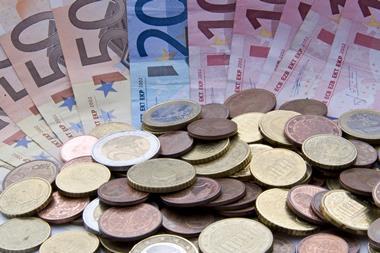SWEDEN – The Swedish Ministry of Finance says pension expenditure will rise to more than 10% of gross domestic product in the next 30 years.
“Pension expenditure as a percentage of GDP is estimated to increase from 8.5% in 2007 to just over 10% in the mid-2030s and then decline somewhat,” the ministry said in an update of its convergence programme with the euro.
“The estimate of pension expenditure is based on the demographic trend, the macroeconomic assumptions and current rules and regulations.”
“The change in the population structure has major effects on public finances,” the ministry said. “The increasing number of older people in the population affects expenditure on pensions, medical care and care of the elderly.
Sweden’s population recently passed nine million and will continue to grow to just over 10.6 million by 2050.
“The main increase is in the number of persons over the age of 64,” the report stated. “This group rises by just over 900,000 to almost 2.5 million, while the number of persons aged 20 to 64 only rises by approximately 500,000 to just under 5.8 million.
“In other words, the greater part of the population increase consists of persons who are not of working age.”
It said the old age dependency ratio – the ratio between the number of persons of older than working age and the number of working age - is estimated to rise from around 29 persons to almost 44 in 2040.












No comments yet